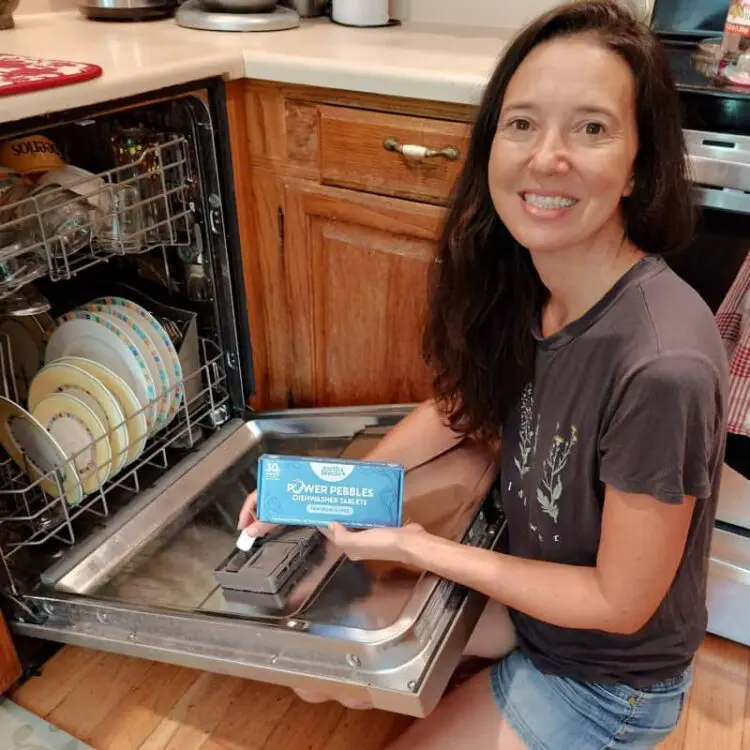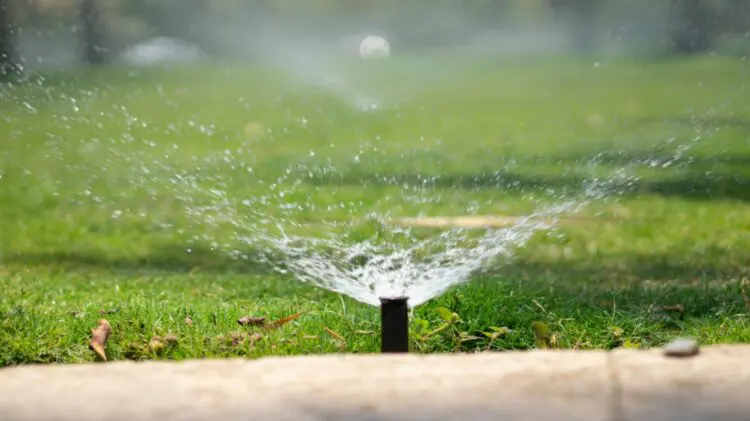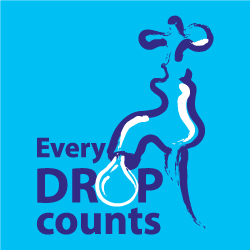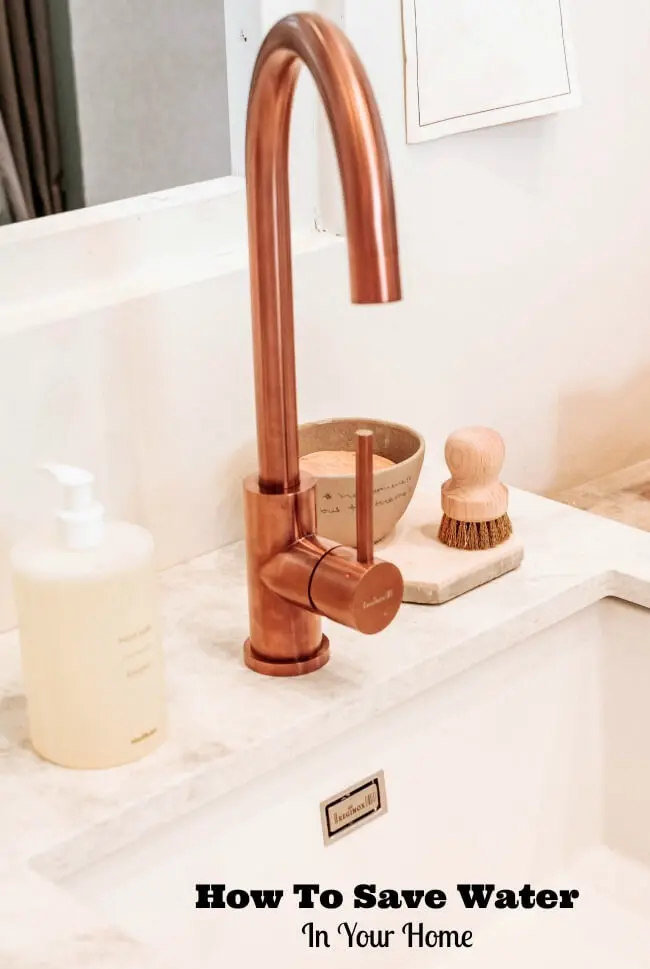Believe it or not, there are a number of things that you can do inside your home in respects to water in order to save water while conserving energy as well. Plus, you’ll be helping the environment! Green living is taking the world by storm and more and more individuals are beginning to see the impact that we have on our Earth and are taking measures to decrease the amount of pollution and conserve what they can. Water is one of the things that we waste the most. We take too long of showers or we let the water run while we brush our teeth or wash the dishes. Here are a few easy tips for how to save water. Small changes add up to big results!
Eco-Friendly Tips For How To Save Water
Saving water at home is one of the simplest yet most impactful ways to help the environment and reduce utility bills. From small daily habits to smart upgrades around the house, there are many practical steps families can take to cut down on water waste. Whether you’re trying to live more sustainably or just want to lower your monthly expenses, learning how to conserve water at home is a smart and responsible choice for any household.
Saving water is a crucial and environmentally responsible practice. Here are some tips to help conserve water:
1. Purchase a Low-Flow Showerhead
Upgrade to low-flow showerheads, faucets, and toilets to significantly reduce water use without sacrificing performance. Showers use less water than taking a bath. If you like to takes showers, short or long ones, a low-flow shower head can significantly reduce the amount of water that is used during a shower. These shower heads produce half the water flow of a regular shower head. Let’s say you take one of those quick showers where you are in and then out in a matter of minutes – you could save more than 4,000 gallons of water a year with a low-flow shower head. Use water-efficient appliances, faucets, and toilets to minimize water usage.
2. Wash Dishes Efficiently
Same goes for washing dishes. Don’t let the water run in the opposite side of the sink while you are washing the dishes in the other. Simply wash the dishes and place them in the opposite side of the sink. Then, once you are done washing, turn the water on and rinse all the dishes off. This could save ten gallons or more, depending on how long it takes you to wash dishes and how many dishes there are. Alternatively, using an energy efficient dishwasher could save even more!

3. Only Run Full Loads
When using the dishwasher and washing machine, wait until you have a full load before running them. This maximizes efficiency and reduces water and energy use. Using cold water for washing your clothing will also save on energy costs.
4. Turn the Faucet Off
When you are brushing your teeth and washing dishes, simply turn the water off. Don’t let it run while you aren’t necessarily using it. For example, when you head into the bathroom, you’ll wet your toothbrush then put toothpaste on your brush and start brushing away – all while leaving the water running. Turn the water off after you’ve wet your toothbrush a bit. Turn it back on when you are ready to rinse your brush and mouth out. You could save several gallons by doing this.
5. Fix Drips
This tip for how to save water at home only helps if you have a leaky faucet but it is worth mentioning because it saves so much water! According to the USGS, One home with one leaky faucet that drips one every other second, will waste over 1,041 gallons of water in a year! A dripping faucet or running toilet can waste gallons of water each day. Repair leaks as soon as you notice them to prevent unnecessary water loss and reduce your water bill.

6. Water Your Lawn in the Morning
This tip is one of the best for how to save water at home. Don’t water your lawn during the middle of the day when the sun is at its highest point resulting in the highest number and hottest rays of the day. Evaporation is going to happen – the water is going to evaporate before it even reaches your plants roots causing you to have to water longer. By watering in the early morning, you don’t have to worry about the heat of the sun soaking up that water and you can save nearly 100 gallons of water in a single week. Now those are some big water savings! You can install professional irrigation systems or set a water timer for hoses to run for a certain amount of time every morning, or every other morning.
Water your garden early in the morning or late in the evening to minimize evaporation. Use mulch and drought-resistant native plants to reduce the need for frequent watering.
7. Collect Rainwater
Another great tip for water efficiency is to set up a rain barrel to harvest rainwater for outdoor plants and garden irrigation. Applying mulch around plants helps retain soil moisture, reducing the need for frequent watering.

Conclusion
These water-saving efforts are well worth the time and attention because they not only help conserve a vital natural resource but also lead to noticeable savings on your utility bills. By making simple changes and being more mindful of daily habits, you can significantly reduce your household’s water consumption. Over time, these small actions add up, contributing to a more sustainable lifestyle and helping protect the environment for future generations. Every drop saved makes a difference—both for your wallet and for the planet.
By incorporating these habits into your daily routine, you can contribute to the conservation of this valuable resource. I hope these tips for how to save water help you make more eco-friendly choices at home. Change small lifestyle ways today and you’ll be well on your way to green living and helping the environment. You can also spread awareness about water conservation practices and encourage others to adopt them by sharing this post socially!
Related Posts:
Why Filter Water and 5 Types Of Water Filters


SD says
Great post! It’s amazing how small changes—like fixing a leaky kitchen sink or switching to ENERGY STAR appliances—can save a lot of water over time. With climate change affecting water levels and stressing our water supply, it’s more important than ever to be mindful of how we use hot water and conserve wherever possible. Thanks for the helpful tips!
Paheliyan says
Great post, Scarlet! Your tips on saving water at home are both practical and easy to follow. I especially loved the suggestion about fixing leaks promptly—such a simple step that makes a big difference. Your article is not only informative but also motivates readers to take action. Keep up the excellent work! Looking forward to more eco-friendly tips from you.
seleven says
Fantastic article! The practical, easy-to-implement tips for saving water at home really resonate, especially the focus on small daily habits that add up to big environmental and financial benefits. I love how you highlight both behavioral changes, like turning off faucets while brushing, and smart upgrades, such as low-flow showerheads and rainwater collection. These strategies not only conserve precious water but also encourage sustainable living—a win-win for any household. I’m sharing this with my community to help spread awareness about water conservation. Looking forward to more insightful green living advice like this!
Georgia says
I love that you included simple steps and easy ways to cut back on water use—sometimes the smallest changes make the biggest impact. Replacing old toilets or fixing a leaky toilet can really add up in savings. It’s also great to see tips on landscape irrigation and even checking the water meter for leaks. The good news is, we can all do our part with just a few mindful changes!